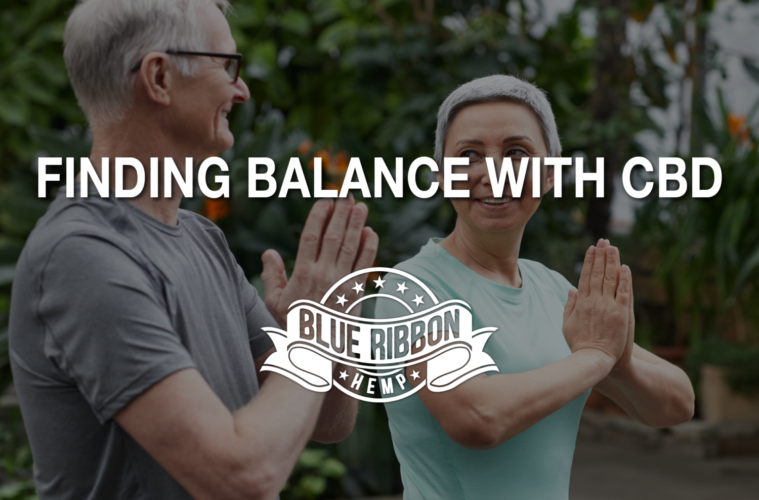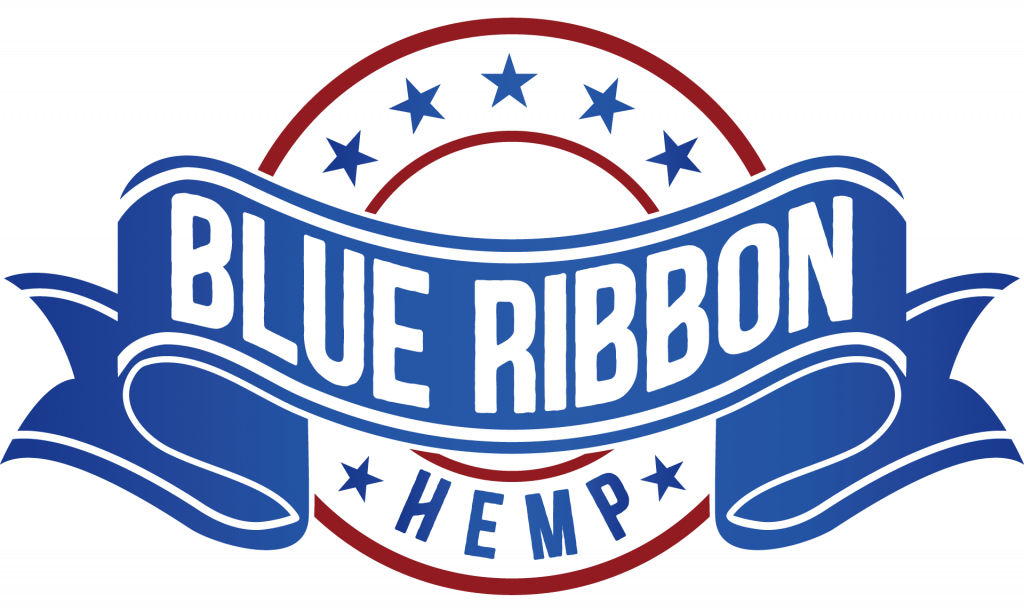This article was originally published on Blue Ribbon Hemp. To view the original article, click here.
The body’s ultimate goal is to find balance. As we age, that balance can sometimes be more difficult to find. If your body gets too hot, it can produce sweat to help cool you down. When your glucose levels get too high, the body releases a hormone known as insulin to help maintain blood sugar. If a virus or bacteria attempts to make you ill, your immune system and lymphatic system will kick in to help fight off the infection. These are all examples of homeostasis. You’ve likely heard of homeostasis and taken part in the drive for bodily stability, but do you know how it works?
The Endocannabinoid System
The endocannabinoid system, or the ECS, is a bodily system first discovered in the 1990s. This system is largely responsible for things like appetite, mood, sleep, pain and more. In other words, the ECS plays a major role in our daily lives and bodily function.
The ECS contains receptors that interact with endocannabinoids, which are molecules native to the body. The two receptors most commonly known to interact with endocannabinoids are the CB1 and CB2 receptors, which are located throughout the central nervous system and the peripheral nervous system. The direct interaction that takes place between endocannabinoids, also called endogenous cannabinoids, keeps the body running smoothly, maintaining the much sought-after homeostasis.
The Cannabinoids of Nature
In addition to the endocannabinoids your body naturally produces, there are other plant-based cannabinoids that can interact with our ECS. These cannabinoids can also interact with the CB1 and CB2 receptors, potentially helping to maintain balance throughout the body. One of these compounds that has been garnering particular attention lately for its possible therapeutic benefits is CBD.
What is CBD?
Cannabidiol is one of many naturally occurring compounds found in hemp and cannabis plants. CBD is non-psychoactive compound, unlike its often-better-known cousin which most commonly associated with marijuana, THC. CBD won’t get you high, but it could impact the body and the brain through the endocannabinoid system to help maintain homeostasis. Based on research and anecdotal evidence, CBD’s direct interaction with receptors within this system may be able to help with:
- Soothing pain and inflammation
- Reduce seizures (epilepsy)
- Improve sleep
- Reduce anxiety and depression
- Support heart health
- Aid in bone health
- Fight symptoms of addiction
Finding Balance With CBD
CBD be beneficial to you and your endocannabinoid system in two ways. First, by interacting with the receptors in the ECS in the same way endocannabinoids do. Second, CBD could help to prevent the breakdown of key endocannabinoid called anandamide, allowing it to build up to more effective levels. Adding CBD to your daily routine could be beneficial in a variety of ways, all hopefully leading to overall balance through the golden years.
Finding a high-quality CBD product with a suitable dose could be a great way to asset your endocannabinoid system. If you are looking to take advantage of CBD as a senior, but have concerns over THC, turn to a CBD isolate or even better a broad-spectrum CBD product. Broad-spectrum CBD combines other rare cannabinoids that could add additional therapeutic benefits to your product but will be THC free. This means CBD won’t get you high, but it could help you unlock a natural way to restore and maintain balance, so you can get high on life.
Turn to High-Quality Broad-Spectrum CBD
Not all CBD is created equal. As with most substances, the more you take the more effect it will have. CBD is much the same, but the quality and potency of a product plays a big role in it efficacy. Turning to high-quality broad-spectrum CBD products, that do combine the powers of rare cannabinoids but do not leave you worrying about any THC, are the best way to reap the benefits of CBD. Turn to companies like Blue Ribbon Hemp, crafted with seniors in mind, for the highest quality maximum-dose CBD products you can find. Find out more about Blue Ribbon Hemp.
Advertising disclosure: We may receive compensation for some of the links in our stories. Thank you for supporting LA Weekly and our advertisers.


